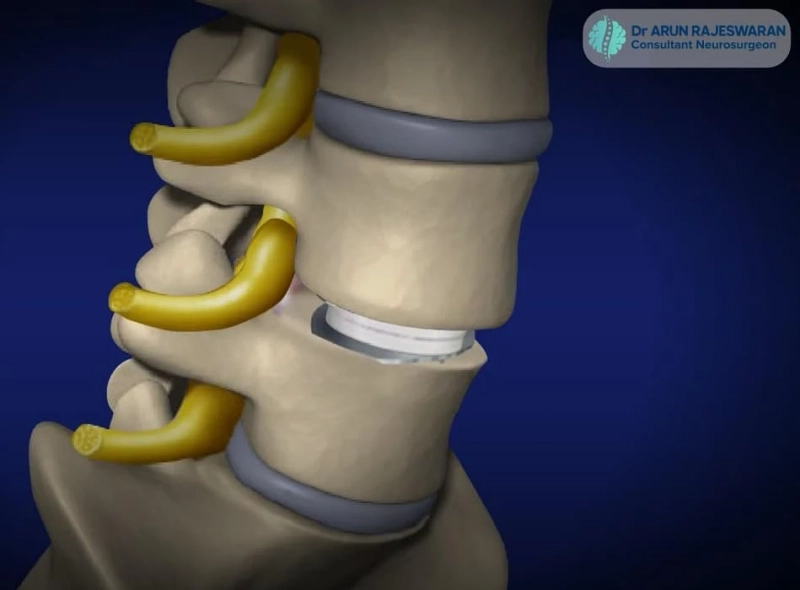Lumbar Disc Replacement Surgery: Dr Arun Rajeswaran
Lower back pain is one of the most prevalent health issues impacting millions of individuals worldwide. Lower back discomfort is most prevalent between the ages ...


Lower back pain is one of the most prevalent health issues impacting millions of individuals worldwide. Lower back discomfort is most prevalent between the ages ...

